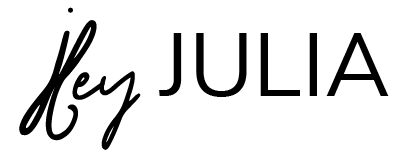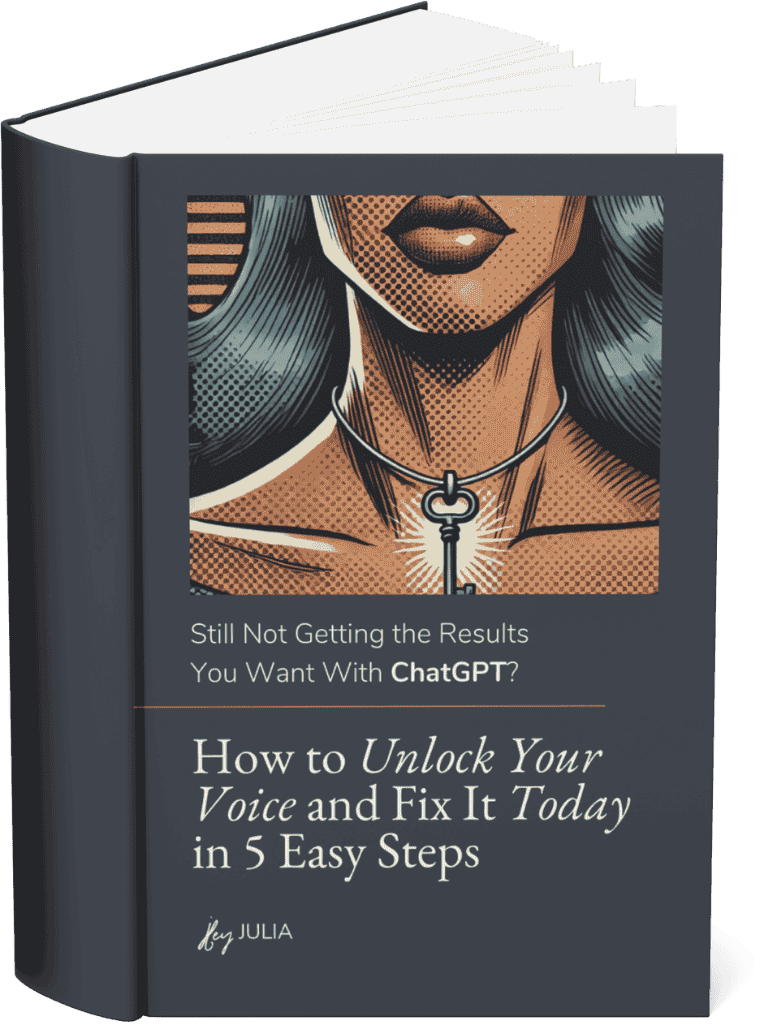Boredom used to be considered a problem to avoid at all costs. In our hyper‑connected age, we fill every idle moment with notifications, videos and constant input from smart devices. At the same time, AI promises to automate repetitive tasks, generate content, and keep us “productive” around the clock. This article takes an unexpected turn: it argues that intentional downtime and occasional boredom are crucial ingredients for innovation, particularly for entrepreneurs and content creators struggling with attention challenges like ADHD. I’ll explore the neuroscience of boredom, why over‑automating work can backfire, and how strategic boredom can unlock human creativity in an AI‑driven world. If you’re an entrepreneur with an overflowing to‑do list, read on to learn why AI can’t handle boredom and why your brain’s idle moments may be your secret weapon.
The Neuroscience of Boredom: Downtime Sparks Innovation
When you feel bored, it might seem like your brain is switched off. In fact, research shows that boredom activates the brain’s default mode network, a circuit that consolidates memories and encourages creative problem solving. A Mayo Clinic expert explains that during restful states, “your brain consolidates memories and reflects on lessons learned,” allowing daydreaming to turn into unexpected insightsNeuroscience News. Boredom isn’t dangerous; it can actually recharge the mind and support innovation. While you wash dishes, take a nature walk or shower, your mind is free to wander, often producing ideas that have been simmering beneath the surfaceNeuroscience News.
Educational researchers also note that boredom can encourage curiosity and experimentation. Under low‑stimulus conditions, attention shifts from external tasks to internal thoughts, which helps generate novel associationsEducation Sciences. One study found that participants who were intentionally bored during a writing task later produced more creative solutions on a problem‑solving taskEducation Sciences. At the same time, the context matters. When people feel bored because a task is too difficult or confusing, boredom may sap motivation and hinder creativityEducation Sciences. In other words, boredom in the absence of challenge can free cognitive resources for imagination, while boredom caused by over‑challenge can drain mental energy.
Parenting experts, psychologists and neuroscientists warn that overscheduling children deprives them of the downtime needed to develop imagination. Michael Rich of the Center on Media and Child Health at Boston Children’s Hospital argues that “boredom can be a very good thing; that’s when kids say ‘let’s build a treehouse, let’s put on a puppet show’”Harvard Medicine Magazine. Educational researcher Teresa Belton interviewed writers, artists and scientists and found that many credit boredom as a key source of creative inspirationHarvard Medicine Magazine. These findings emphasize that the human brain needs pauses and boredom to produce original ideas—something AI, which thrives on constant input and algorithmic predictability, simply cannot replicate.
When Automation Hurts Creativity
Automation and AI are powerful tools for eliminating drudgery and freeing humans to focus on complex tasks. However, completely delegating all routine work can remove the friction that often triggers innovation. An AI agents company points out that automating boring tasks “gives your human team the space they need to think, create, and innovate”Thoughtful AI. At the same time, if every step of your process is automated, you may never stumble upon serendipitous connections. Tedious chores—like sorting receipts or manually editing a blog—sometimes allow the mind to wander and spot patterns. When those pockets of unstructured time disappear, creative sparks can dim.
Researchers at the University of South Australia examined whether AI threatens human creativity and concluded that generative AI doesn’t replace human imagination but depends on it. Professor David Cropley notes that AI will take over predictable tasks, freeing people to focus on “unpredictable, non‑algorithmic, and creative work”Phys.org. In their study, they emphasize that AI can produce art or text only when a human provides a creative prompt. The algorithm doesn’t possess intrinsic curiosity; it recombines existing data according to instructions. Over‑reliance on AI therefore risks diluting the creative prompts that only humans can devise. Without human curiosity to guide it, AI remains a powerful but uninspired assistant.
The takeaway: let AI handle repetitive, high‑volume work that drains mental energy, but protect the tasks that encourage deep thinking and imagination. As an entrepreneur, you might automate your bookkeeping or data entry, but consider doing brainstorming sessions, strategic planning and creative writing without AI interference. Allow yourself to feel a little bored during routine tasks like dishwashing or commuting—those are often the moments when a breakthrough idea emerges.
Strategic Boredom: Designing Digital Detox and Human‑Only Time
How do you harness boredom intentionally? The answer lies in what I call strategic boredom: intentionally creating space in your schedule for idle thought. It might sound counterintuitive in a world that prizes constant productivity, but several studies suggest that stepping away from screens reactivates the brain’s creativity centers. A digital detox article notes that even a short break from devices can restore sleep, sharpen focus and increase creative insightFreedom Matters. After two weeks of reduced screen time, brain scans showed decreased anxiety‑related activity and increased activation in the default mode network where deep thought and imagination occurFreedom Matters.
Educational institutions encourage students to unplug because it reduces mental clutter and allows offline activities like journaling or walking in nature to stimulate new ideasThe Global College. For entrepreneurs, that might mean scheduling regular tech‑free afternoons or implementing “no‑screen” policies during team brainstorming. Encourage your colleagues to step away from Slack and email for an hour. Host a “human‑only meeting” where people discuss ideas without AI‑generated slides or chatbots. The initial awkwardness often gives way to rich conversation, laughter and, most importantly, original thinking.
Companies can also learn from “think weeks” favored by leaders like Bill Gates: one week a year, he reportedly goes off the grid to read, reflect and generate big ideas. Research indicates that employees benefit from similar recharge periods. In a Microsoft podcast, psychologist Tomas Chamorro‑Premuzic explains that AI saves time by speeding up mundane tasks and calls on leaders to help their teams “reimagine how we add value” with the time AI gives backMicrosoft WorkLab. Instead of filling freed‑up hours with more tasks, he advises leaders to invest in deep work and creative thinking. That might involve blocking out decision‑free time on calendars or organizing retreats without digital distractions.
What Strategic Boredom Looks Like in Your Business
- Scheduled digital detoxes. Block out one afternoon per week where you and your team deliberately avoid screens. Use that time to brainstorm with pen and paper, go for a walk or simply sit quietly. Studies show that boredom during digital detoxes boosts creativity and productivityFreedom Matters.
- Human‑only meetings. At least once a month, hold a meeting without laptops or phones. Encourage face‑to‑face conversation and whiteboard doodling. These sessions foster connection and allow ideas to emerge organically without AI suggestions.
- Mindless tasks as idea incubators. Keep some low‑stakes manual tasks in your workflow—folding packages, organizing desk drawers or handwriting thank‑you notes. These simple activities create mental room for daydreaming, which research suggests leads to creative solutionsNeuroscience News.
- Personal think retreats. Encourage team members to take an annual retreat away from digital noise. Whether it’s a silent meditation weekend, a nature hike or just a few days without email, these breaks reset the brain and often spark strategic breakthroughs.
Boredom and ADHD: A Tool, Not a Threat
As someone with ADHD, I used to fear boredom. My brain craves stimulation, and the idea of sitting still felt uncomfortable. Over time, I discovered that the urge to escape boredom by multitasking was actually exhausting my attention. When I began incorporating strategic boredom—short periods of disconnecting from screens and letting my mind wander—I noticed a surge of clarity and innovative thinking. This doesn’t mean people with ADHD should force themselves into long, unstructured periods; rather, it’s about finding a balance between stimulation and stillness.
Creative entrepreneurs with ADHD often excel at pattern recognition and rapid idea generation. However, constant bombardment from notifications can scatter our focus and dampen our natural creativity. That’s why scheduling short bursts of boredom can be transformative. For example, setting a timer for five minutes of staring out the window might feel indulgent, but it allows the brain to process information and synthesize new ideas. Combining this with gentle movement like stretching or walking can make the experience more comfortable for attention‑divergent minds. The key is to protect your brain’s capacity for deep thought by limiting digital distractions.
Leaders: Protect Your Team’s Thinking Space
If you lead a team, you hold the power to cultivate a culture that values boredom and deep work. Start by modeling boundaries: block your own calendar for uninterrupted focus time, and share why you’re doing it. Encourage team members to disconnect when their tasks don’t require immediate online collaboration. In the Microsoft WorkLab interview, Chamorro‑Premuzic emphasizes that leaders should focus on what their employees do with the time AI saves them and coach them to invest it in high‑value activitiesMicrosoft WorkLab. This means resisting the temptation to fill freed‑up hours with more meetings or tasks.
Provide resources such as quiet rooms, flexible work schedules and optional device‑free breaks. Recognize and reward creative problem solving, not just the volume of tasks completed. Finally, be transparent about how AI tools are used in your organization. Involve your team in deciding which tasks are automated and which require human nuance. When employees feel ownership over their time and understand the purpose of automation, they’re more likely to embrace strategic boredom and contribute creative ideas.
Why This Approach Works
Intentional downtime goes against the hustle mentality, yet it taps into how the human brain naturally works. The default mode network activates during rest, enabling the synthesis of information and the generation of insightsNeuroscience News. Unstructured time encourages curiosity and daydreaming, which fuels creative thinkingEducation Sciences. Automated tools handle repetitive chores, freeing mental bandwidth for innovationPhys.org. Digital detoxes restore focus and rewire neural circuits for better cognitionFreedom Matters. Altogether, these elements create the conditions for “the revenge of the human brain” by re‑centering human creativity in an AI‑driven world.
Putting It All Together
To make the most of AI without sacrificing your creative edge, embrace a rhythm of structured focus and intentional boredom. Automate tasks that sap your energy, but reserve human‑only time for exploration, brainstorming and storytelling. Experiment with digital detoxes and think retreats. Encourage your team to follow suit. Pay attention to your mind during mundane moments—you might find your next big idea while walking the dog or chopping vegetables.
This conversation isn’t about rejecting technology or glorifying constant hustle. It’s about leveraging the best of both worlds. AI can handle vast amounts of data and repetitive tasks, but only you can make meaning out of it. By letting boredom back into your life, you give your brain the space it needs to connect the dots and envision the future. The revenge of the human brain lies in remembering that our most powerful ideas often arise when we step away from the noise and let our minds wander.


